It’s possible to bring a little Sissinghurst style into any garden by following Vita Sackville-West’s and Harold Nicolson’s love of profusion and informality.
A visit to Sissinghurst, the garden made by Vita Sackville-West and Harold Nicolson in the 1930s, 40s and beyond, will show the gardener the nature of romanticism in the garden design. Sissinghurst is a stunning example of exuberance and well-ordered abundance.
Table of Contents
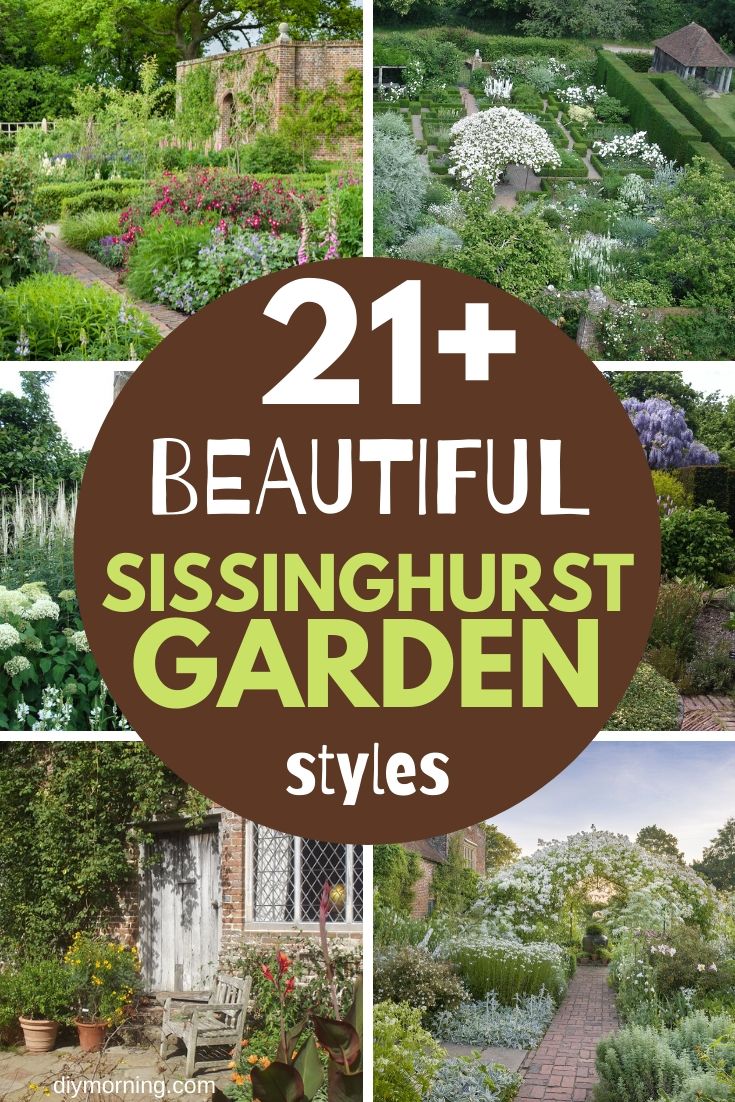
Sissinghurst Style
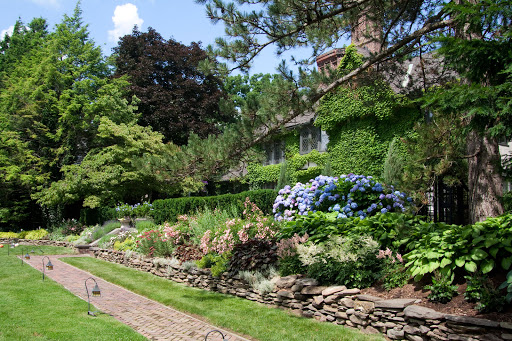
Gardening Sissinghurst style is about profusion and informality. Formal beds, with informal planting. Wild, but tame. Everything billowing upward and outward. When brought together, there is fluidity of design and a feast for the eyes.
Profusion of Flowers at Sissinghurst
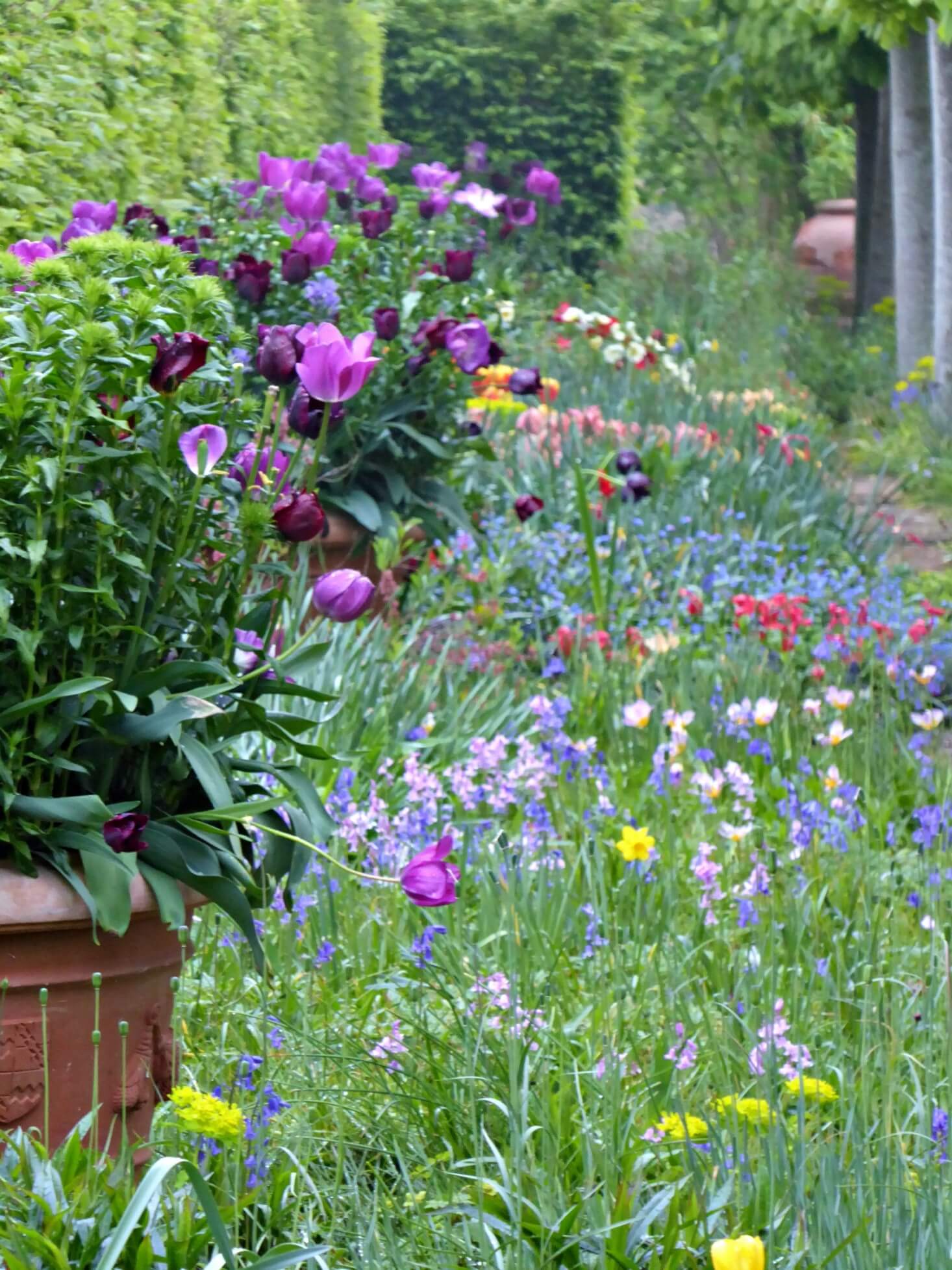
Sissinghurst is not just one garden, but many, each separated by a wall or tall hedge, and each leading into another. Profusion is achieved in every part of the garden at different times throughout the season.
The Spring Garden is in full bloom from March to May. And at the same time, the spring bulbs in the orchard meadow bloom as the blossoms open on the fruit trees.
The azaleas along the Moat Walk open in May and by the time the flowers are spent, the Rondel Rose Garden begins to shine, and is in its full glory in June and July.
The Cottage Garden and the famous White Garden comes into flower in June and continue to bloom for the remainder of the growing season.
Other ways profusion is found at Sissinghurst includes planting flowers en masse, rather than single specimens. Vita liked plants to be showy and stand out. Rather than a single delphinium in a spot, she would have five or a dozen for that matter. The result was a bold tapestry with waves of one flower variety spreading into another.
Vita did not leave a space untouched. Bare spots were carefully considered and quickly dealt with in every part of the garden. Profusion and lavishness was a constant goal. Every part of Sissinghurst has areas of extreme beauty and profusion at some point in the season.
Profusion with Climbing Plants

Vita liked all climbing plants to grow with wild abandon. She was known to place a Clematis to grow up through a hedge of Sweetbriar roses. Climbing roses were planted to grow into the trees in the orchard. Nasturtiums were planted to grow into the hornbeam and yew hedges. An assortment of vines were placed in odd places to scramble, ramble and tumble over walls and through shrubs, often several varieties of vines intertwining. It was a wild way to grow cultivated plants and it added romanticism to the garden.
The garden still shows her original planting schemes, and while plants die, they have been replaced over the years. Vita and Harold’s general garden style has changed little.
Informality in the Garden
Vita’s idea of romance in the garden was based on the history of Sissinghurst Castle, a ruin when they first arrived. To her, it was an ancient ground, not to be overly tamed.
Weeds were generally kept under control, but wild daisies were allowed to sparkle in the lawns. Chance seedlings of cultivated plants were left to grow on. Self seeding plants like columbines, poppies and pinks were all left to do as they pleased.
Roses were under pruned. Vita liked the roses to fall across the path. Both Vita and Harold loved the natural way of nature and allowed this informality in the garden.
Bringing Sissinghurst Style into the Garden
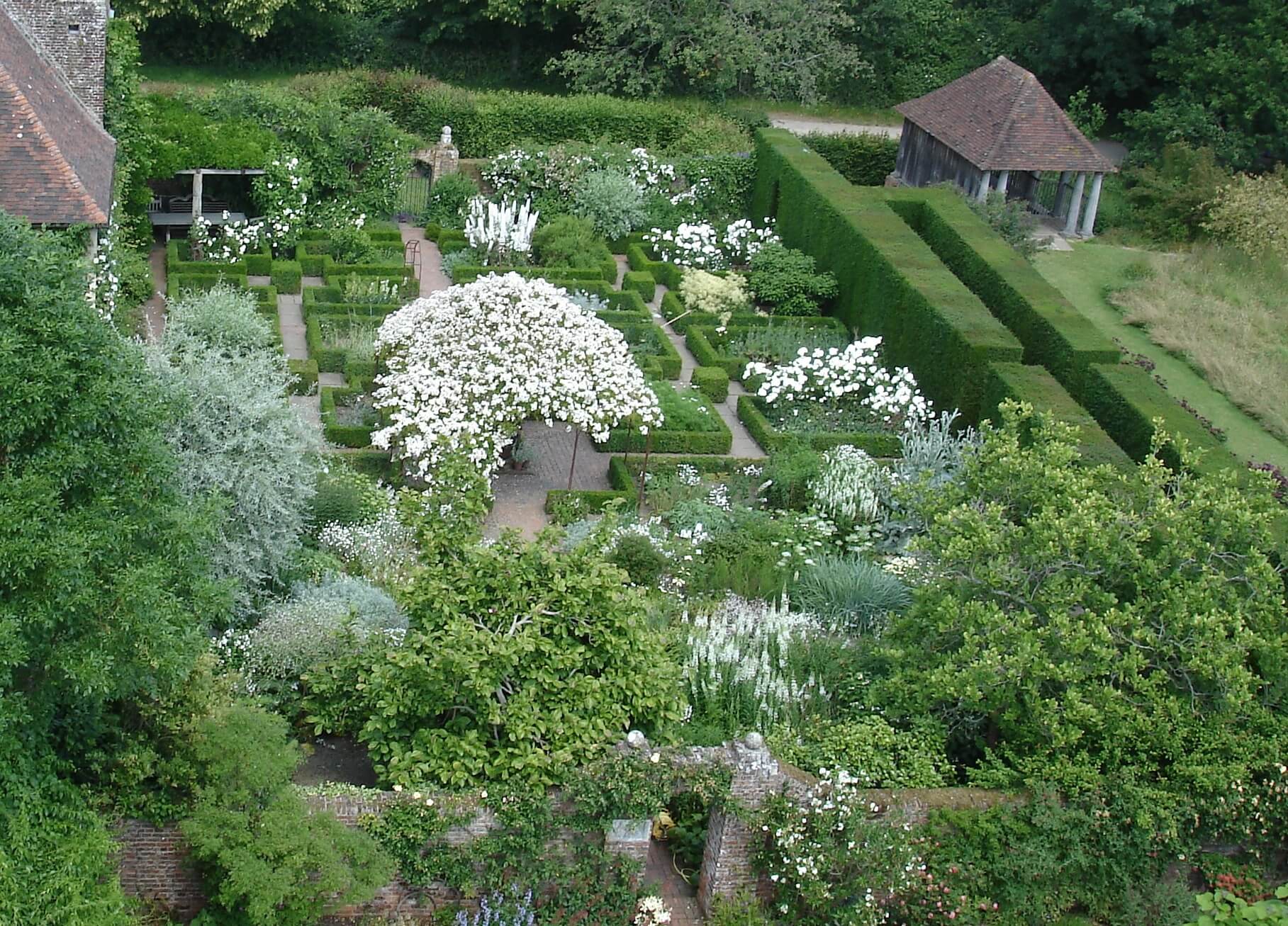
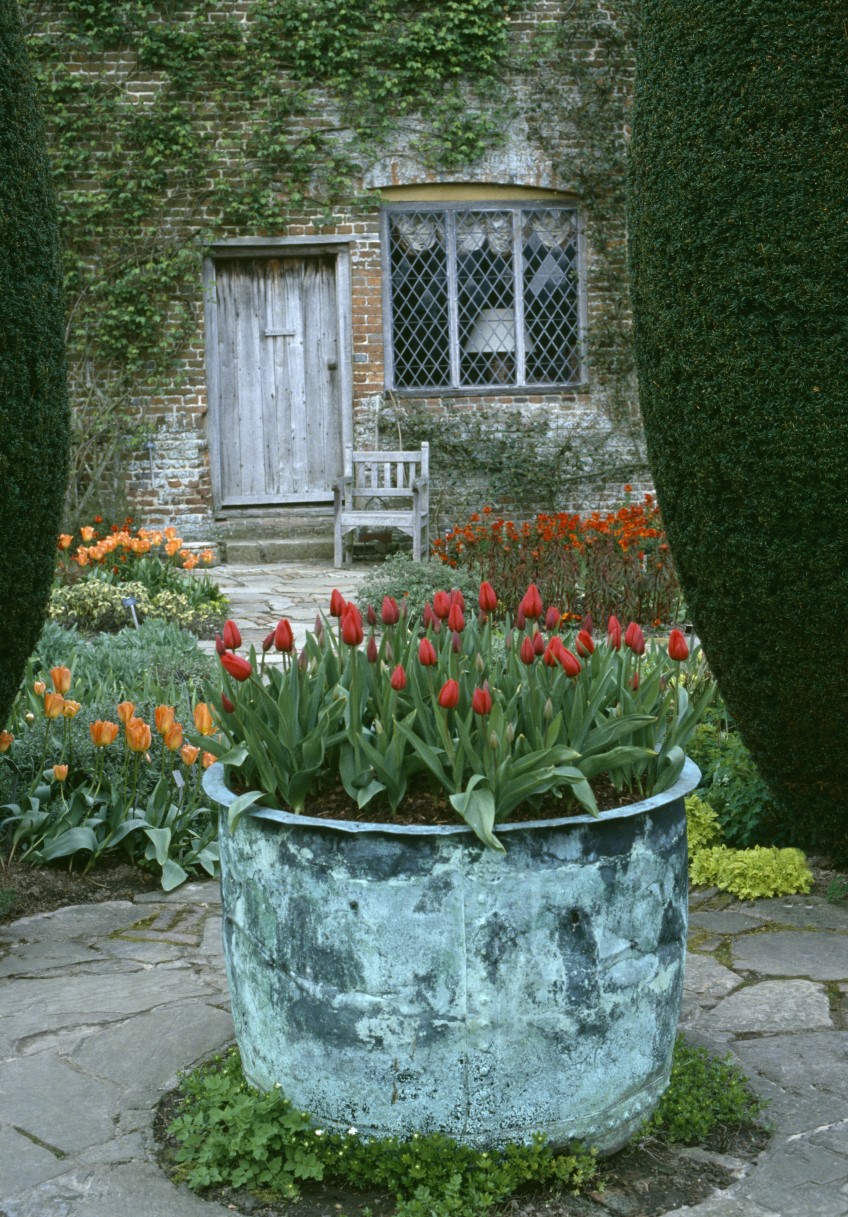
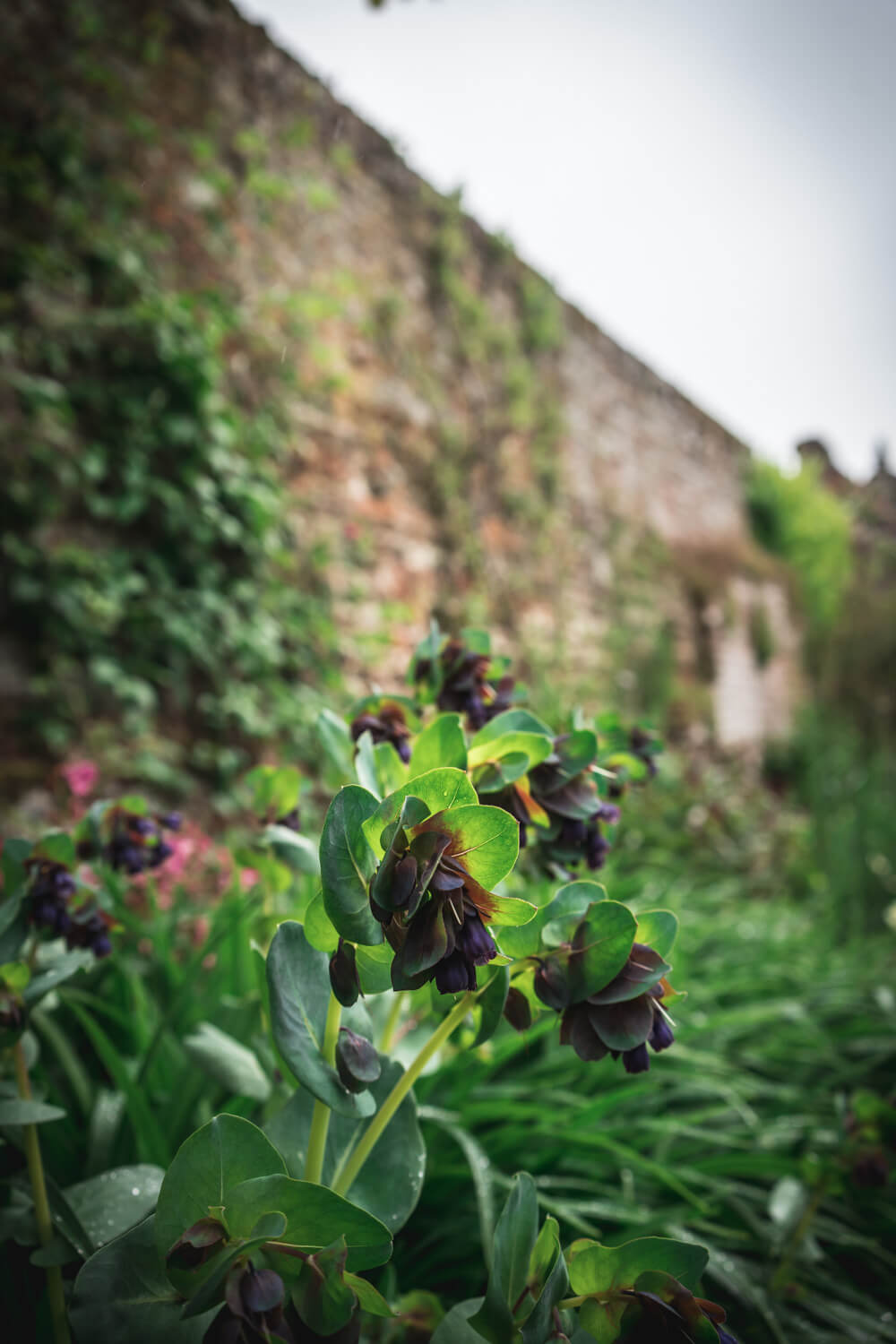



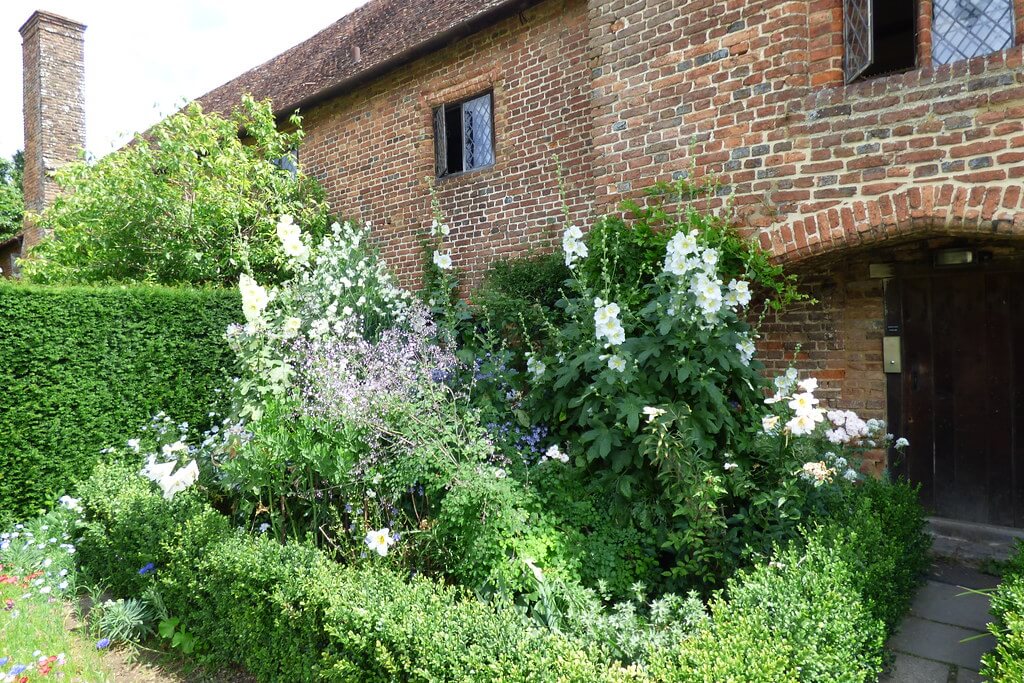
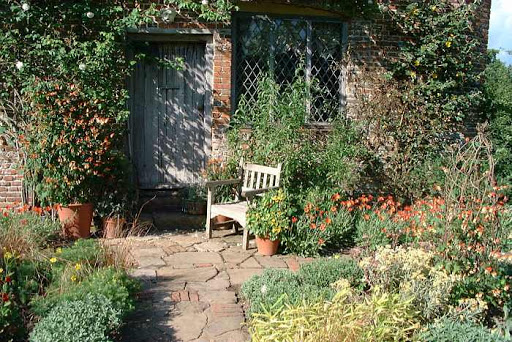

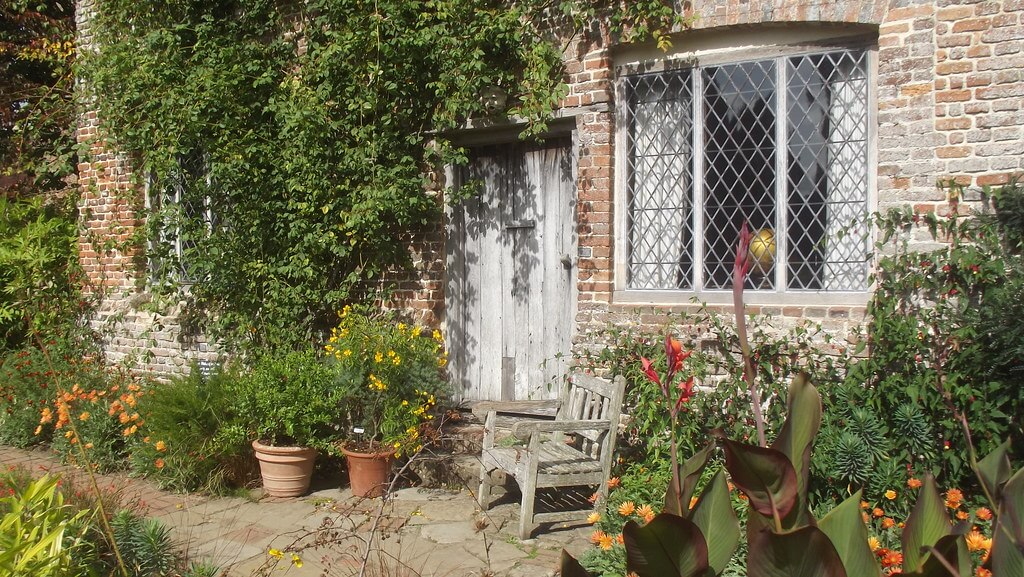
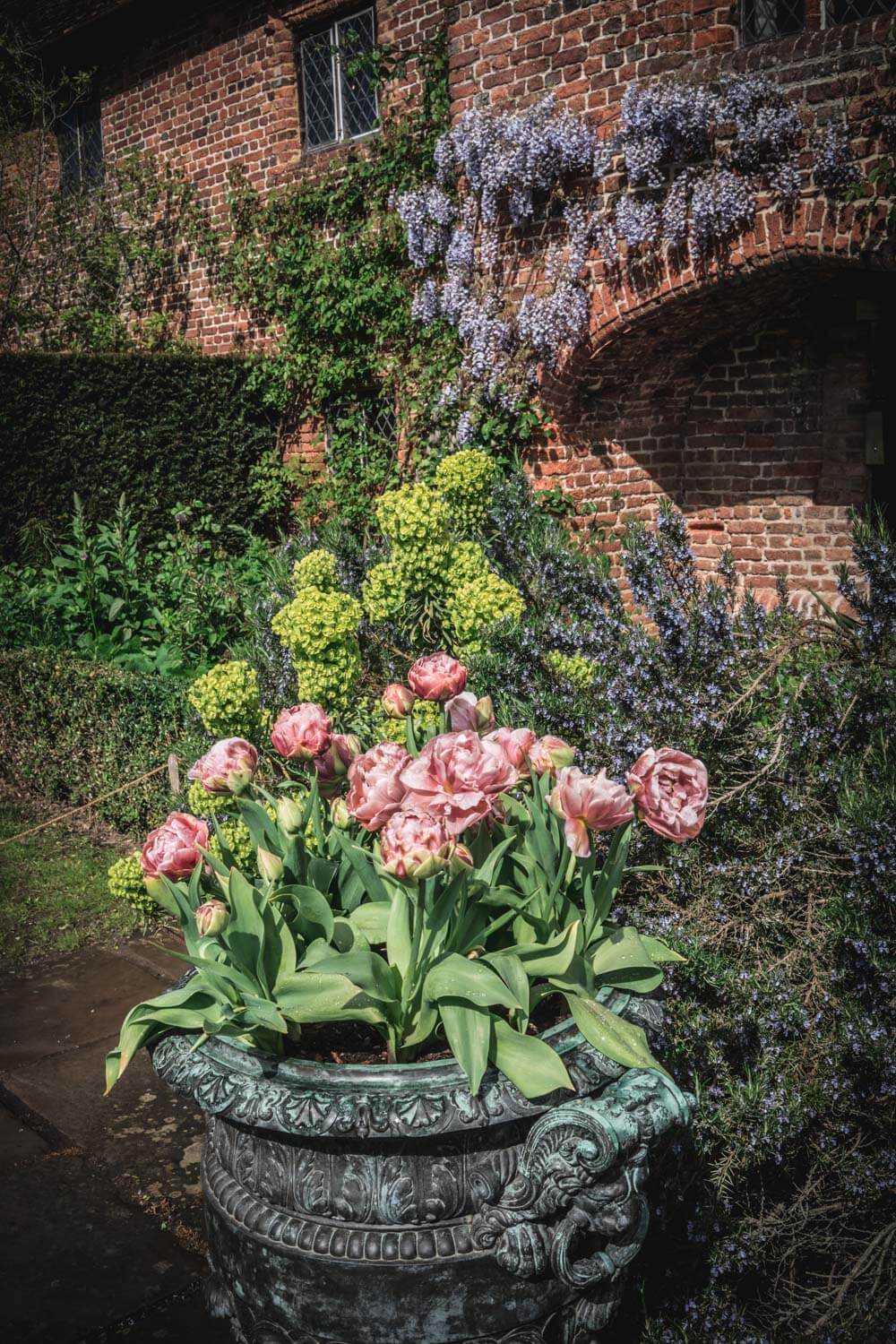
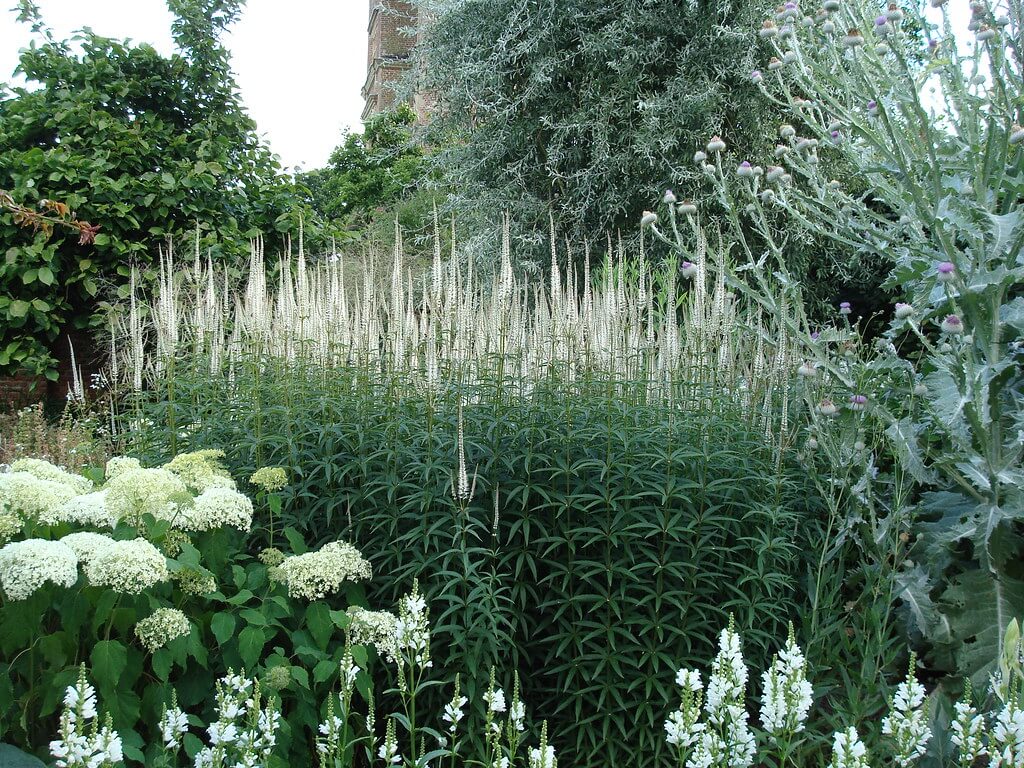


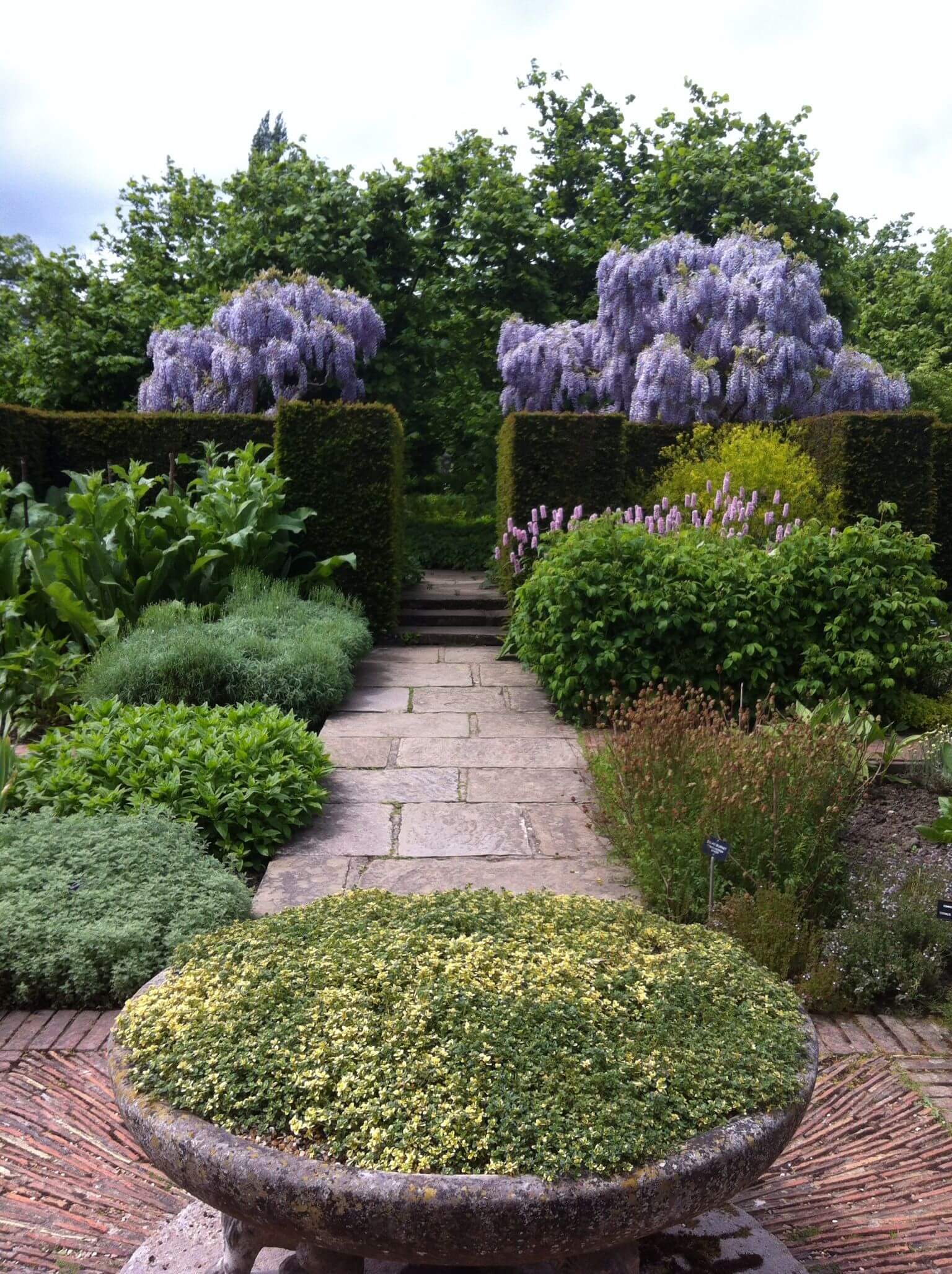
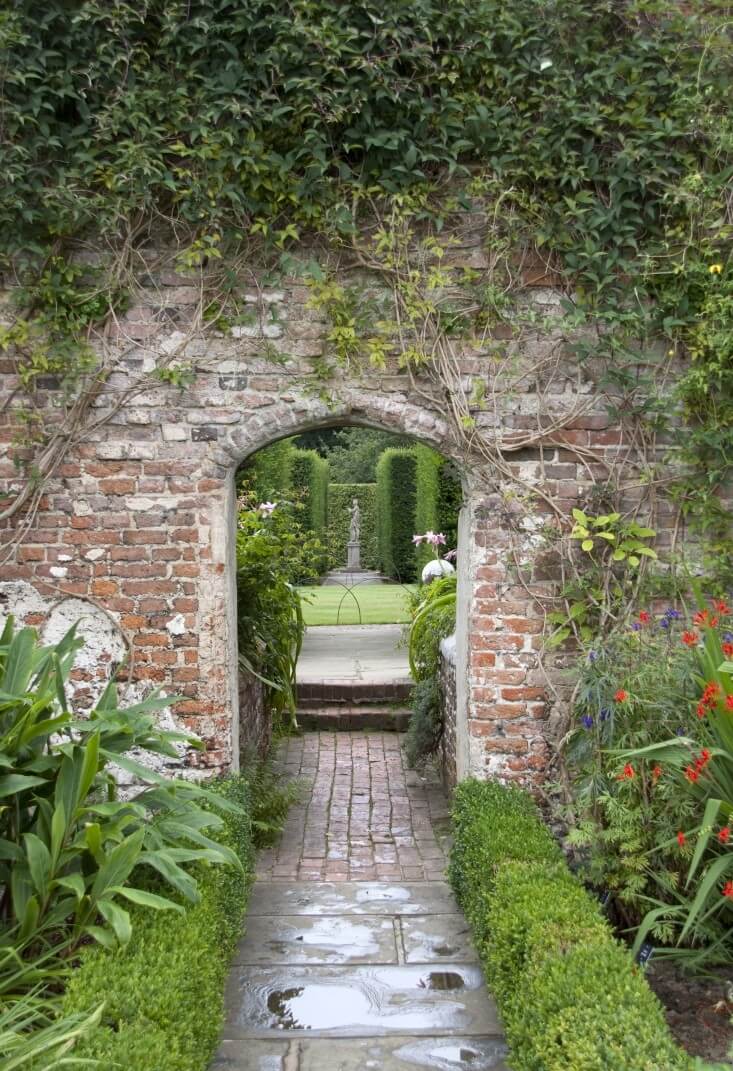
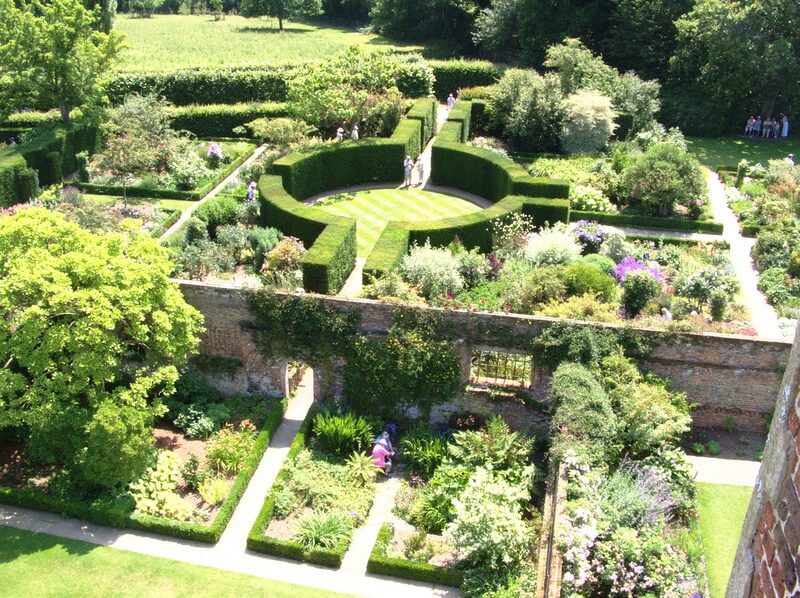
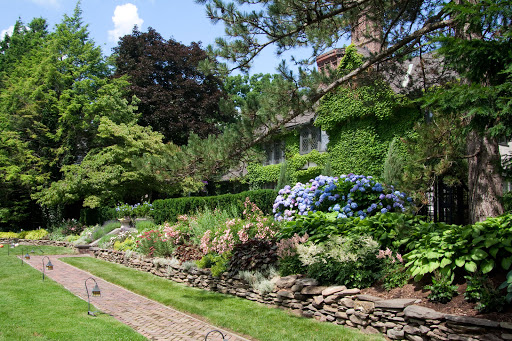
Vita and Harold’s rules for the gardens at Sissinghurst were simple. Keep any nasty weeds out the beds, allow some plants to self-seed and grow where they set themselves, plant en masse, fill the beds to the utmost, let climbing plants twine through other plants, let roses spill over pathways, make seasonal gardens for each corner of the space and allow the occasional pretty wild flower to bloom in the lawn. Abundance is key to a Sissinghurst style garden.
Image credits: Sissinghurst Castle, Mary Garden, Jury, Gardenista, Flickr, Style for wonderlust,




